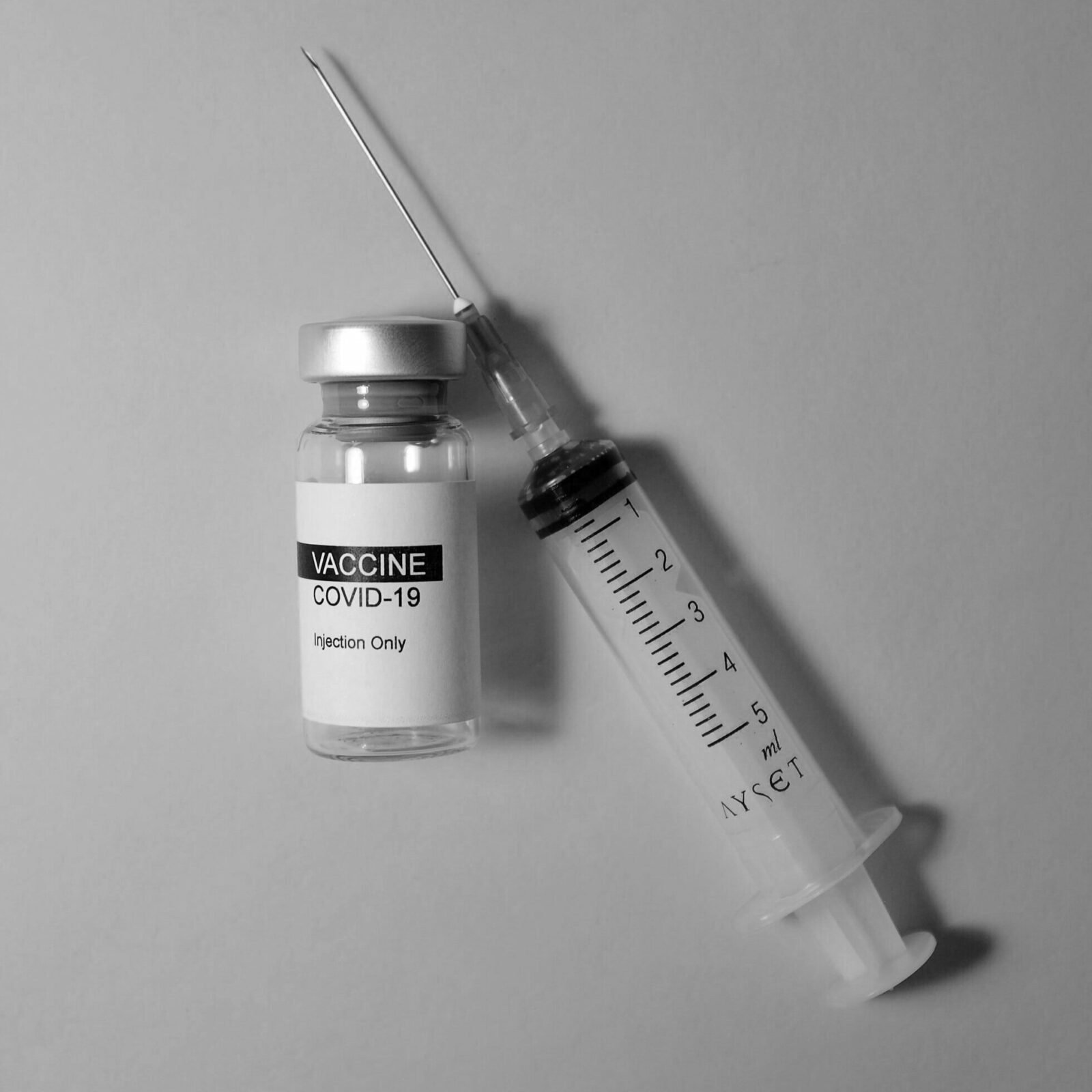WENDY WINN, PTC, OCS & FOUNDER.
Vaccines have an interesting history. Vaccines started out as “variolation” (“variola” = smallpox), with the Chinese in the 15th century. Instead of an injection, people would practice “nasal insufflation,” and snort the scabs of people ill with smallpox to elicit an immune response to the disease.
The word “vaccination” was introduced with the cowpox inoculation (“Vacca” = Latin for cow). Smallpox inoculation continued to be called variolation, whereas cowpox inoculation was called vaccination.
Louis Pasteur proposed in 1861 to extend the terms vaccine and vaccination to include the new protective procedures being developed. Immunization refers to the use of vaccines as well as the use of antitoxin, which contains pre-formed antibodies. This is one type of modern vaccine.
According to a citation on Wikipedia, “There is overwhelming scientific consensus that vaccines are a very safe and effective way to fight and eradicate infectious diseases.”
So how do various vaccines work? In general, the immune system recognizes vaccine agents as foreign, destroys them, and “remembers” them. When the virulent version of an agent is encountered, the body recognizes the protein coat on the virus, and thus is prepared to respond, by first neutralizing the target agent before it can enter cells, and secondly by recognizing and destroying infected cells before that agent can multiply to vast numbers.
Here are the current types of vaccines:
-
Inactivated: This refers to the injection of a virus that has been “deactivated” with chemicals or heat. Ex: influenza vaccine
-
Attenuated: These microorganisms are lab-grown without virus properties. Ex: measles, mumps, rubella
-
Toxoid: Made from the substances that cause a virus, versus the virus itself. Ex: tetanus
-
Subunit: This process introduces fragments of a disease, versus a whole microorganism to mount a response. Ex: HPV
-
Conjugate: These bacteria have an outer coding that the body recognizes as the protein antigen. Ex. Flu B
-
Heterotypic: This process uses pathogens from other animals to produce an immune response in humans. Ex: tuberculosis (from cows!)
-
mRNA: COVID-19 is the first vaccine of this type, which gives one “nano particles” attached to messenger RNA. This messenger RNA “instructs” cells to fight off the invading cells (in this case COVID-19)
The scientific method behind each of these types of vaccines is fascinating!
At this time, it remains to be seen how long one will be protected under an mRNA vaccine. However, in looking at the microbiology behind all of these options, it is awe-inspiring to think how quickly an mRNA vaccine was produced to fight COVID-19.
As of March 1, all of our clinicians have been fully vaccinated.

